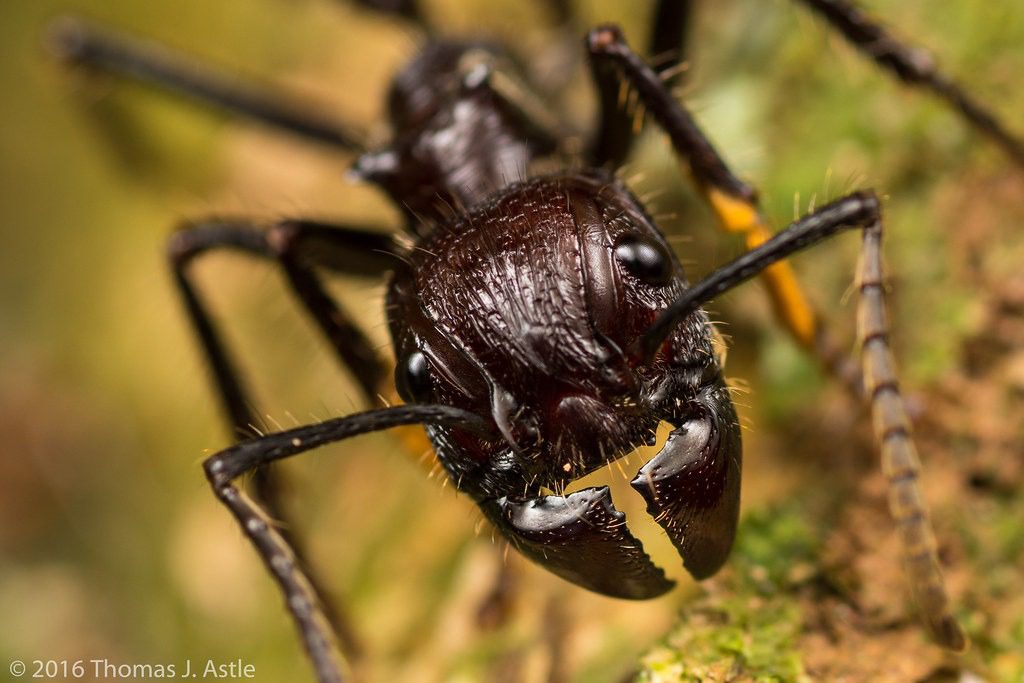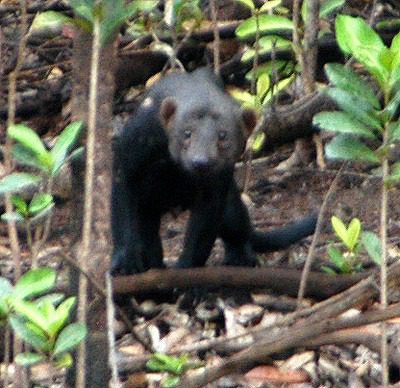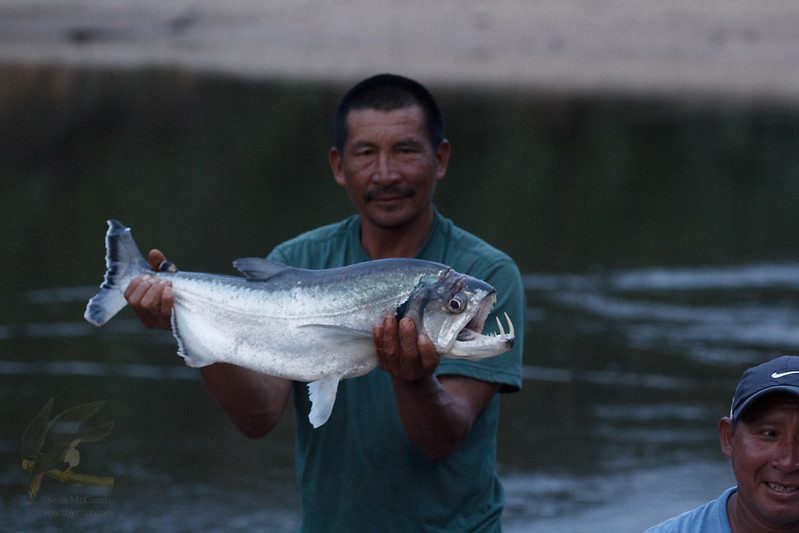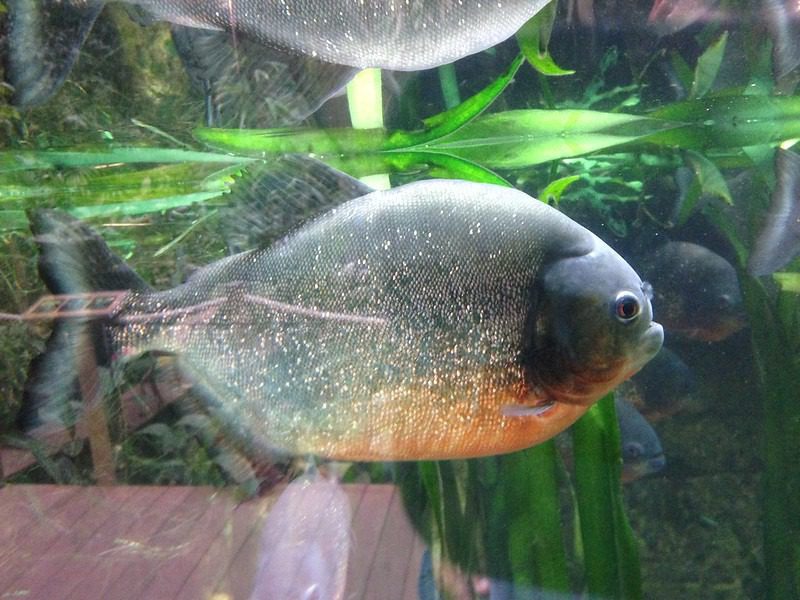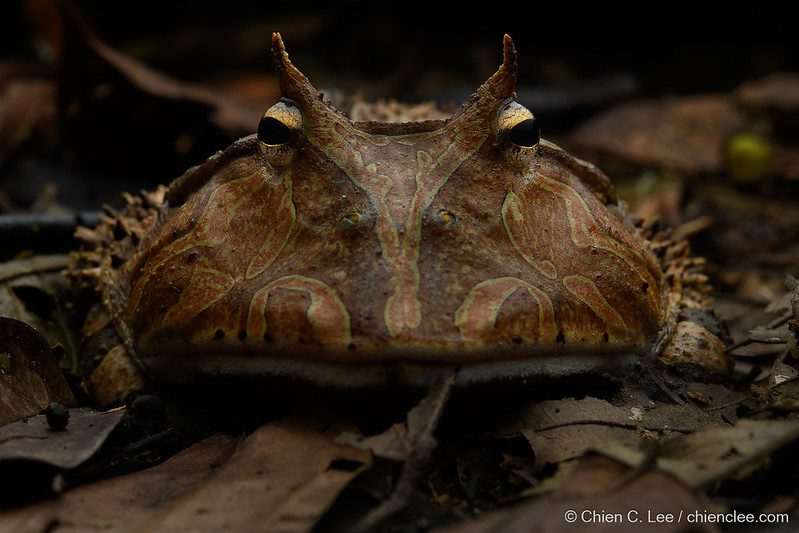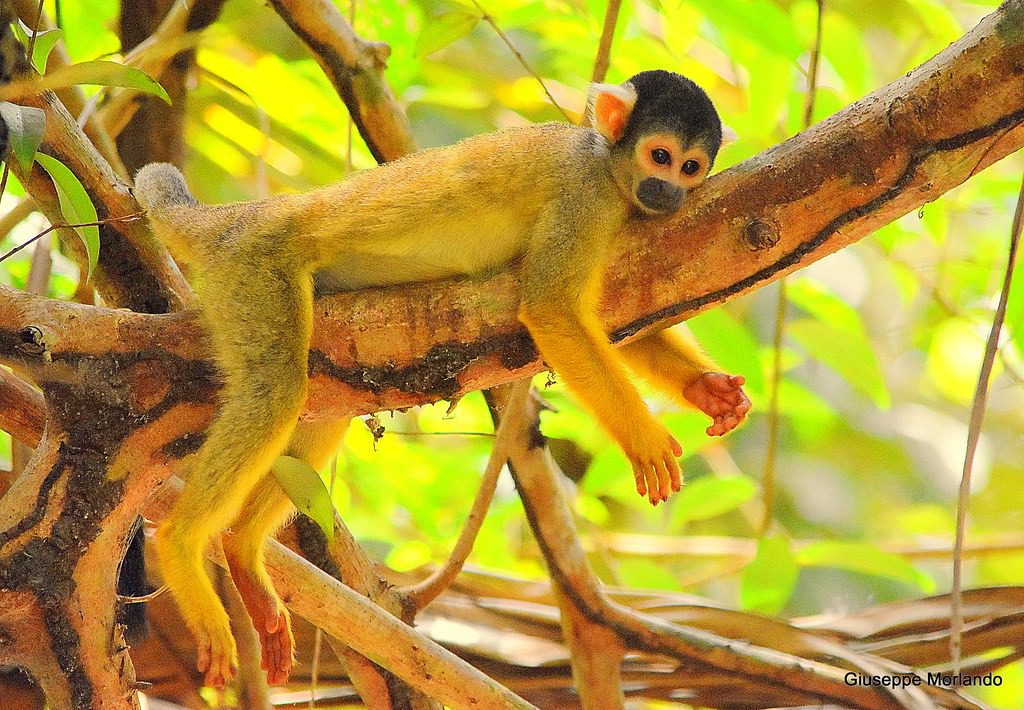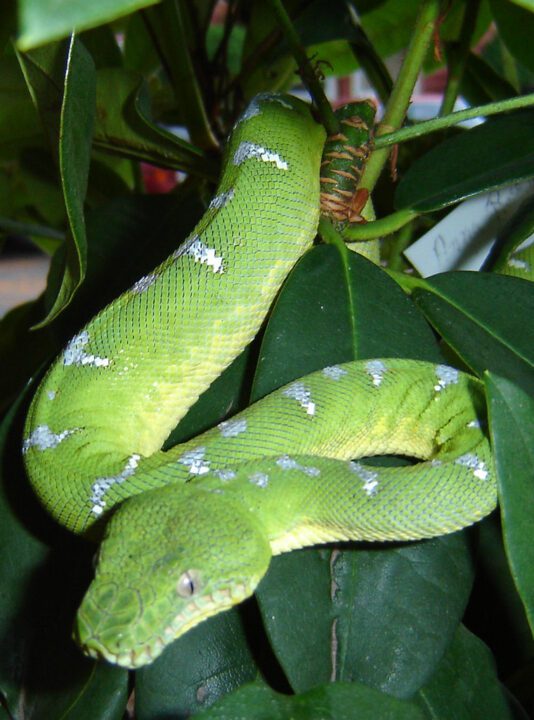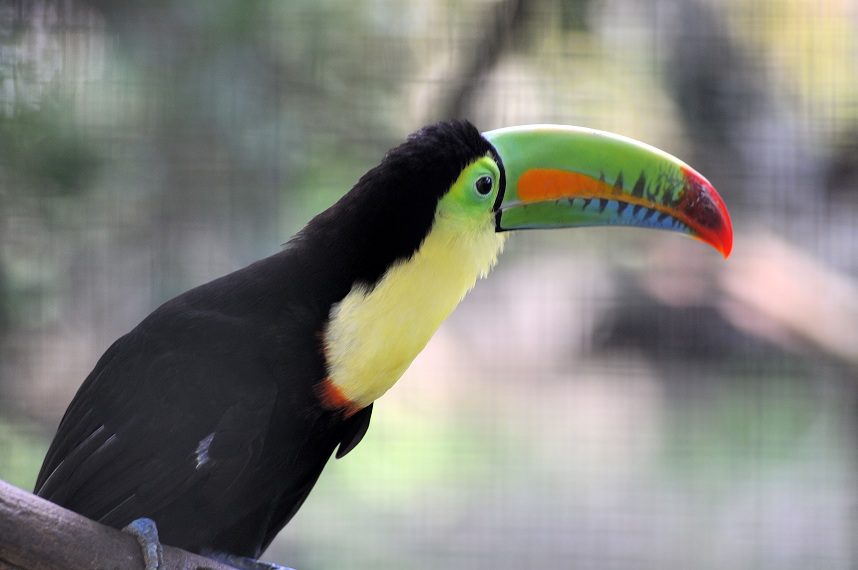Introduction
Army ants are among the most fascinating and fearsome creatures in the insect kingdom. Known for their aggressive foraging behavior and massive coordinated raids, these nomadic predators have intrigued scientists and nature enthusiasts alike. This article provides an in-depth exploration of army ants, covering their biology, behavior, ecological roles, and relationships with other species. We will also compare army ants with other ants, answer commonly asked questions, and delve into intriguing facts and myths.
Core Topics and High-Volume Keywords
What Are Army Ants?
Army ants refer to over 200 species of predatory ants in the subfamily Dorylinae, primarily found in tropical regions. These ants are characterized by their nomadic lifestyle and lack of a permanent nest. Instead, they form temporary bivouacs with their own bodies and relocate frequently in search of prey.

Key Characteristics of Army Ants
- Nomadic behavior
- Aggressive swarm hunting
- Temporary bivouac nests
- Polymorphic worker castes
Where Do Army Ants Live?
Army ants thrive in warm, tropical environments. Their habitats range from Central and South America to parts of Africa and Southeast Asia.
Habitats Include:
- Tropical rainforests
- Subtropical forests
- Woodlands
- Grasslands (less common)
Where Are Army Ants Found?
Geographical Distribution:
- South America: Notably the Amazon Basin
- Central America: Costa Rica, Panama
- Africa: Congo Basin, East Africa
- Asia: Malaysia, Indonesia

Army Ant Behavior and Ecology
What Do Army Ants Eat?
Army ants are carnivorous predators that consume a variety of arthropods and small vertebrates. Their diet includes:
- Insects (beetles, other ants)
- Spiders
- Small reptiles
- Bird chicks (occasionally)
Their foraging raids can number up to 200,000 individuals, moving in a coordinated swarm to overwhelm prey.
Army Ant Bites: Are They Dangerous?
Do Army Ants Bite?
Yes, army ants do bite using their powerful mandibles. Some species also sting. Their bites can be painful and cause localized swelling but are not generally dangerous to healthy humans.
Can Army Ants Kill Humans?
While army ants are formidable, they rarely pose a lethal threat to humans. Deaths are extremely rare and usually involve vulnerable individuals or unique circumstances such as being immobilized in a swarm path.
Army Ant Facts: Fascinating Insights
Unique Facts About Army Ants
- Bivouac Living: Army ants form nests using their bodies.
- Queen Size: The queen can lay hundreds of thousands of eggs per day.
- Blindness: Most army ants are blind and navigate via pheromones.
- Swarm Intelligence: Raids exhibit complex coordination without centralized control.
What Is Unusual About Army Ants?
One of the most unusual aspects of army ants is their social organization and behavior as a superorganism. The colony functions almost like a single entity, with highly specialized roles and seamless communication.

Comparisons With Other Ant Species
Army Ants vs Fire Ants
Army Ants:
- Nomadic
- Aggressive swarm raiders
- Primarily predatory
- Temporary nests
Fire Ants:
- Build permanent mounds
- Defend territory aggressively
- Omnivorous
- Painful sting with venom
Green Ants vs Army Ants
Green Ants (Weaver Ants):
- Arboreal nest builders
- Highly territorial
- Use silk from larvae to construct nests
Army Ants:
- Ground-based swarms
- Predatory raids
- Nomadic lifestyle
Inter-Species Relationships
Silverfish and Army Ants: A Symbiotic Relationship
Some silverfish species have evolved to live within the bivouac of army ants. These silverfish mimic the chemical cues of the ants to avoid detection, benefiting from protection and access to food without harming the ants.
Type of Symbiosis: Commensalism
How They Benefit:
- Silverfish: Safe habitat and food
- Army Ants: Neutral; not significantly affected
Human Perspectives and Cultural References
Are Army Ants Dangerous to Humans?
Generally, army ants are not a threat to humans if left undisturbed. However, their large swarms can be startling and may bite in self-defense.
Situations of Concern:
- Provoking a swarm
- Immobility in a raid path
- Vulnerable individuals (infants, elderly)
Army of Ants: Understanding the Term
Army of Ants Meaning:
This phrase refers to a highly organized and aggressive group of ants that move and act collectively, especially during foraging raids.
Army of Ants vs Colony of Ants:
- “Army of ants” emphasizes the swarm behavior.
- “Colony of ants” refers to the social structure, including the queen, workers, and brood.
Army of Red Ants
While “army of red ants” is a colloquial term, it may refer to fire ants or red-colored army ant species. Both are known for their aggression and painful bites.

Collective Behavior and Swarm Intelligence
Army of Ants Collective Noun
The term “army” is a collective noun used to describe a large, organized group of ants moving together, typically in a raid.
Swarm Intelligence
Army ants exemplify swarm intelligence—complex behavior arising from the simple rules followed by individuals. Without any centralized control, they can:
- Build living bridges
- Coordinate massive raids
- Evacuate the bivouac efficiently
Additional Interesting Topics and Recent Discoveries
Modern Research and Army Ants
- Real-Time Tracking: Scientists use GPS and AI to study army ant movement.
- Bivouac Heat Regulation: Recent studies suggest ants regulate temperature by clustering behavior.
- Genetic Studies: DNA sequencing reveals evolutionary links among predatory ants.
Unusual Behaviors
- Living Bridges: Army ants link their bodies to form bridges across gaps.
- Rescue Behavior: They assist injured nestmates, a rare trait in insects.
Army Ants in Popular Culture
- Documentaries: Featured in BBC’s “Life in the Undergrowth.”
- Films & Games: Often portrayed as unstoppable swarms or villains.
Conclusion
Army ants are extraordinary not just for their predatory prowess but also for their complex social behavior and ecological impact. From their symbiotic relationships with silverfish to their collective intelligence, these insects challenge our understanding of what small creatures can achieve together. Though often feared, army ants play a vital role in their ecosystems by controlling pest populations and recycling nutrients. Learning more about them reveals an intricate world of cooperation, adaptability, and survival.
